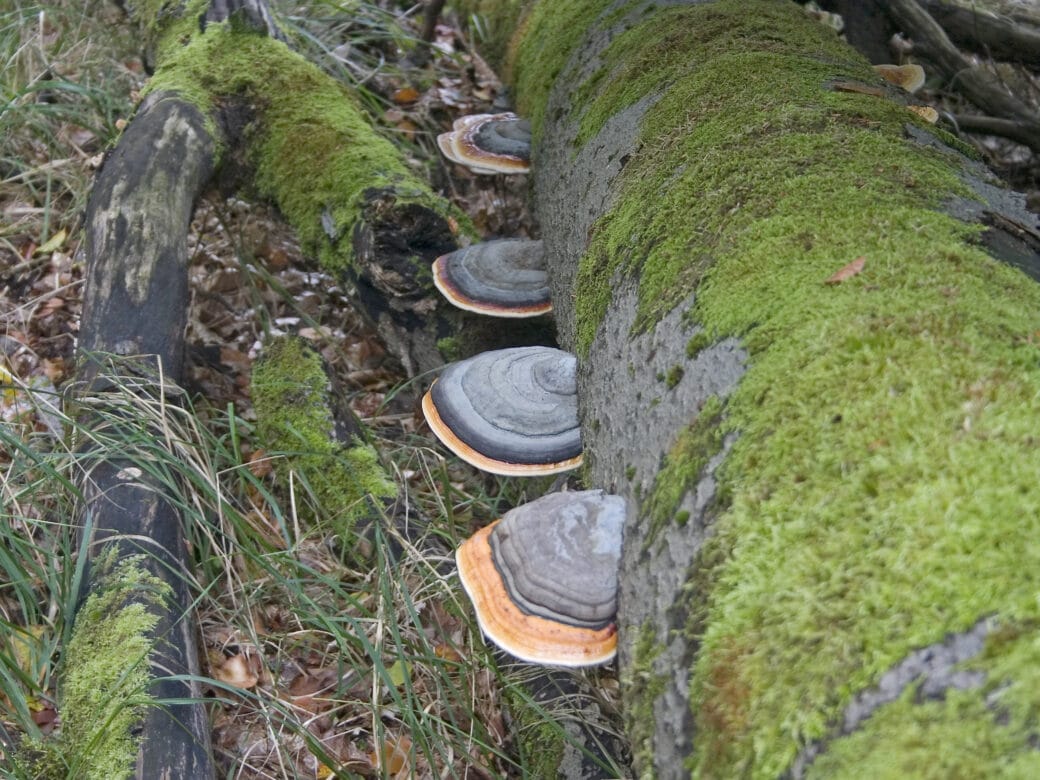Impact of deadwood on functional diversity and biogeochemical traits in underlying forest soils

Decomposing deadwood logs represent an energy–rich but nutrient-poor resource in forest ecosystems. Due to their relatively slow decomposition logs represent an unique and attractive habitat for many specialized organisms. Logs differ from soils in nutrient content and availability, but the biological and chemical interactions with the underlying soil are largely unknown, leaving a gap of knowledge concerning the implications of deadwood for functions and biodiversity in forest soils.
Fungal hyphae have the capability to bridge the two habitats and to redistribute nutrients between deadwood and soil. In the Biodiversity Exploratories, nutrient gradients exists through different nutrient concentrations in logs of 13 tree species, exposed in the BeLongDead experiment, and different soils, influenced by forest management. Understanding nutrient translocation as key mechanism is crucial for predicting the impact of nutrient gradients as driver of microbial community structure and function, fine root traits and chemical soil properties at the wood-soil interface. One aim of the proposed project is to elucidate the potential of nutrient translocation by different soil fungal communities occurring in the exploratory forests in a controlled laboratory experiment. Another aim is to study the long-term effects (~9-10 years) of decomposing logs on underlying soils in the BeLongDead experiment.
Our overarching hypothesis is that nutrient-poor and nutrient-rich soils respond differently to nutrient gradients to logs, which vary among tree species. For nutrient-poor soils, we hypothesize increasingly positive effects of log nutrients on (1) nutrient translocation towards soil, (2) functional diversity of saprotrophic fungi, (3) fine root density, ectomycorrhizal short roots and diversity of ectomycorrhizal fungi, and (4) microbial biomass and activity. For nutrient-rich soils, we expect opposite responses (1 and 2), no impact (3) and a similar effect (4), respectively.
To test the hypotheses, we will combine innovative and established methods as well as field work and laboratory experiments. Hyphal nutrient translocation will be assessed based on 15N and 33P labelling accompanied by metatranscriptome sequencing. Chemical and microbial soil parameters as well as root traits will be linked to fungal community structure and activity assessed by Next-Generation-Sequencing approaches. Combined expertise will allow us to reappraise the relevance of the link between fungal diversity and soil properties below deadwood for ecosystem processes.
By working on a coordinated and full replicated experiment across nutrient gradients, we expect robust results with high scientific impact and benefits for forestry.









